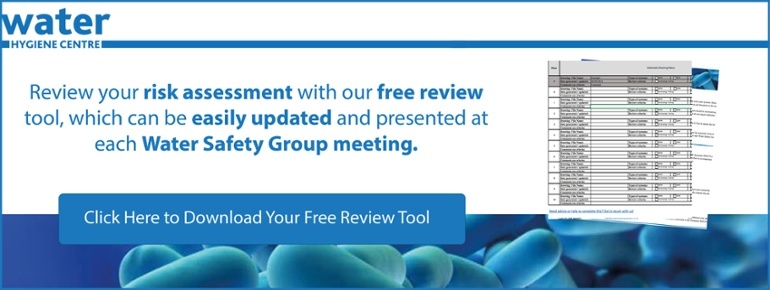In our experience, water safety management in housing stock has varied greatly, mainly due to the difficulty of deciding what is “reasonably practicable” in managing thousands of properties. This blog aims to explain why and how this may be approached.
Social Housing Regulation Act
In July 2023, the Social Housing Regulation Act became law, which aimed to improve social housing standards and protect tenants. On 1st April 2024, the Regulator of Social Housing published the Safety and Quality Standard, which states that:
“When acting as landlords, registered providers must take all reasonable steps to ensure the health and safety of tenants in their homes and associated communal areas”.
Before July 2023, the management of water safety and in particular, Legionella bacteria was governed by the Health and Safety at Work Act, COSHH regulations and the ACoP L8, which is detailed below; however, the new Social Housing Regulations Act may give Councils and Housing Associations a reminder or the need to re-focus on it.
As part of the Act’s release, the Regulator of Social Housing has published the first set of regulatory judgements from its planned inspection programme, which will take place over a four-year cycle. As part of the inspections, the core statutory compliance areas of gas, electrical, fire, water, and asbestos will be in focus, so a review of water safety management is required.
Legionella - The Law and Regulations
Councils and Housing Associations (the landlord) are legally responsible under the Health and Safety at Work Act (HSWA) to ensure tenants are not exposed to health and safety risks. COSHH Regulations further explain that we must control the risk from a range of hazardous substances, including biological agents, Legionella being an example. This is achieved by identifying hazards, assessing those risks, and implementing any necessary control measures - sound familiar?
 Furthermore, ACoP L8 Approved Code of Practice requires landlords of domestic premises to assess the risk of exposure to Legionella to their tenants. More detailed information is given in HSG 274 Part 2 , pages 45-47, as well as on the HSE website.
Furthermore, ACoP L8 Approved Code of Practice requires landlords of domestic premises to assess the risk of exposure to Legionella to their tenants. More detailed information is given in HSG 274 Part 2 , pages 45-47, as well as on the HSE website.
There is much published guidance on what to do; however, it still seems to leave organisations with little practical advice on how to tackle it, starting with Legionella risk assessments.
Legionella Risk Assessment - The Guidance
HSG 274 Part 2 states, “All water systems require a risk assessment, but not all systems require elaborate control measures. A simple risk assessment may show that there are no real risks from legionella, but if there are, implementing appropriate measures will prevent or control these risks.”
If, like many organisations, a specialist water hygiene company is commissioned to assess your properties, you could seek their help, although most landlords can assess the risk themselves.
 The term “simple risk assessment” could be interpreted in many different ways, perhaps it means short? i.e., a single page? Maybe not meeting all the detailed requirements of BS 8580-1 and the Legionella Control Association? Without a template from the HSE, advice should be sought from the health and safety lead or specialist consultant to create a suitable risk assessment method.
The term “simple risk assessment” could be interpreted in many different ways, perhaps it means short? i.e., a single page? Maybe not meeting all the detailed requirements of BS 8580-1 and the Legionella Control Association? Without a template from the HSE, advice should be sought from the health and safety lead or specialist consultant to create a suitable risk assessment method.
The HSE suggests that housing stock represents a “low risk” of Legionella to its users, which is why organisations concentrate resources on more complex water systems in buildings with more susceptible users.
It is not unreasonable to suggest that Councils and Housing Associations have not grasped this “prickly thorn” because these properties will never be inspected or investigated. The HSE has stated that neither they nor Local Authority inspectors would actively inspect domestic premises or ask landlords for proof of a risk assessment. “However, if a tenant were to contract Legionnaires' disease from the water system in their home, the landlord may be liable to prosecution under HSWA, and would have to demonstrate to a court that they had fulfilled their legal duty, so it is important that they assess and control the risks”.
With the Regulator of Social Housing now performing inspections, this long-unnoticed risk may become very important.
In Part 2, we’ll explore some actions to help Councils and Housing Associations grasp this “prickly thorn”.
Feel free to reach out if you have any questions about this blog or if you would like to consult with one of our experts for further advice on water hygiene.
Editor’s Note: The information provided in this blog is correct at the original publication date – May 2022 (Revised June 2025).
© Water Hygiene Centre 2025









